
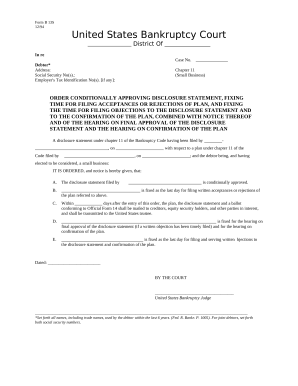
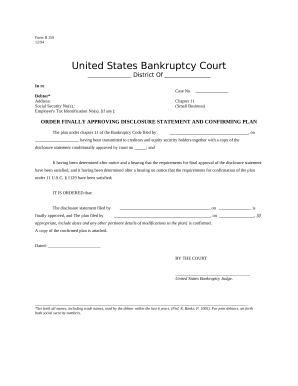

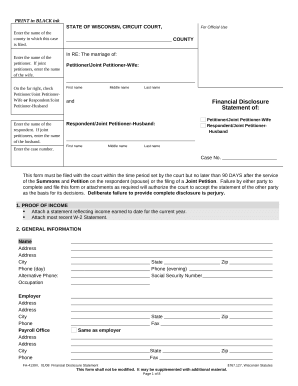
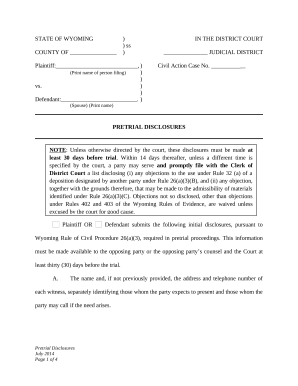
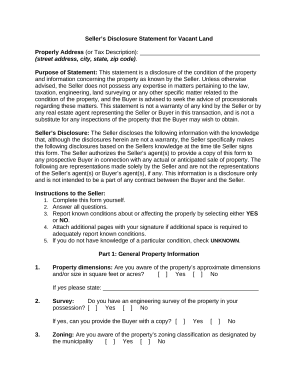

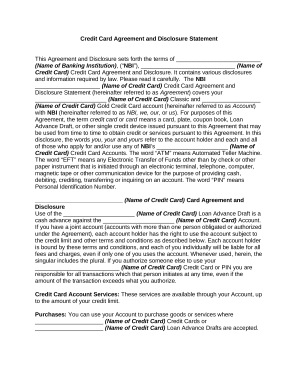

Your workflows always benefit when you can get all the forms and documents you may need at your fingertips. DocHub delivers a huge selection of form templates to relieve your daily pains. Get a hold of Legal Disclosure Documents category and quickly browse for your document.
Start working with Legal Disclosure Documents in several clicks:
Enjoy fast and easy record managing with DocHub. Explore our Legal Disclosure Documents collection and find your form today!